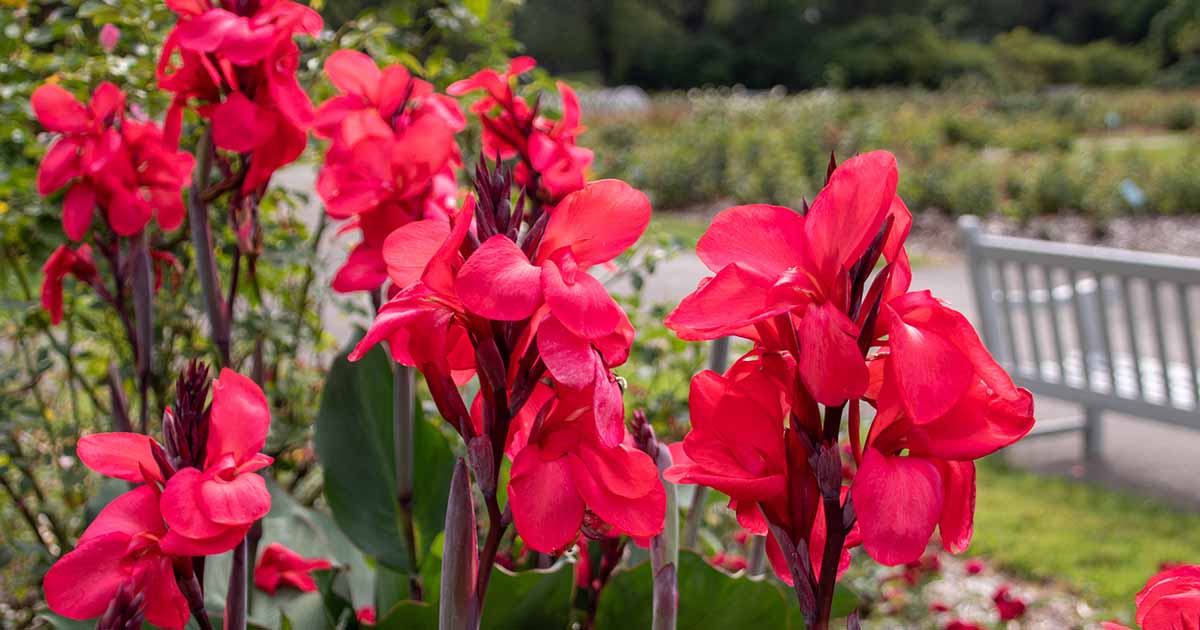Article content continued
In North America, the nuts of a similar native chestnut (Castanea dentata) were used by Indigenous people as a food item. Unfortunately, in the early 1900s, a diseased Asian chestnut (Castanea mollissima) carried a blight that almost destroyed a billion trees in native stands. Today, growers are increasing the numbers of chestnuts growing in the Pacific Northwest, California and Michigan, but still, most chestnuts that are purchased in Canada and the U.S. are imported from Asia and Italy.
Preferring well-draining soil and a moderate climate with enough summer heat units for their fruits to mature, sweet chestnuts thrive best in zones rated 6 or higher. In drier climates, they may need an occasional deep watering during long, hot summers. In ideal conditions, they can grow from 20 to 30 metres (65 to 98 feet) in height and width.
Most edible chestnuts are grown from seed and may take 10 to 12 years to produce fruit. Grafted cultivars can fruit in five to seven years. Although technically self-fertile, far better nut production is achieved with either two seedlings or two different grafted varieties.
In America, ‘Colossal’ is the most widely grown castanea variety. It is resistant to chestnut blight, grows about eight metres (26 feet) tall and is hardy to zone 4.
Younger trees usually produce between 30 and 100 kilograms of fruit. Older, well-established trees can push that quantity up to 300 kilograms. Harvest time varies, depending on the area in which they are grown, but it is generally between mid-September and mid-November. The nuts can be picked by hand or mechanically harvested, but most folks gather them once they have fallen to the ground. Usually, three nuts are contained within a spiny husk.











